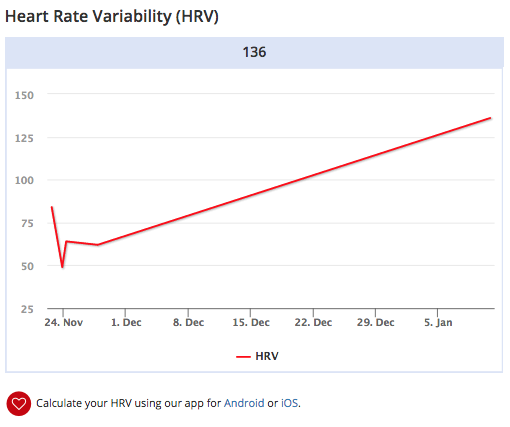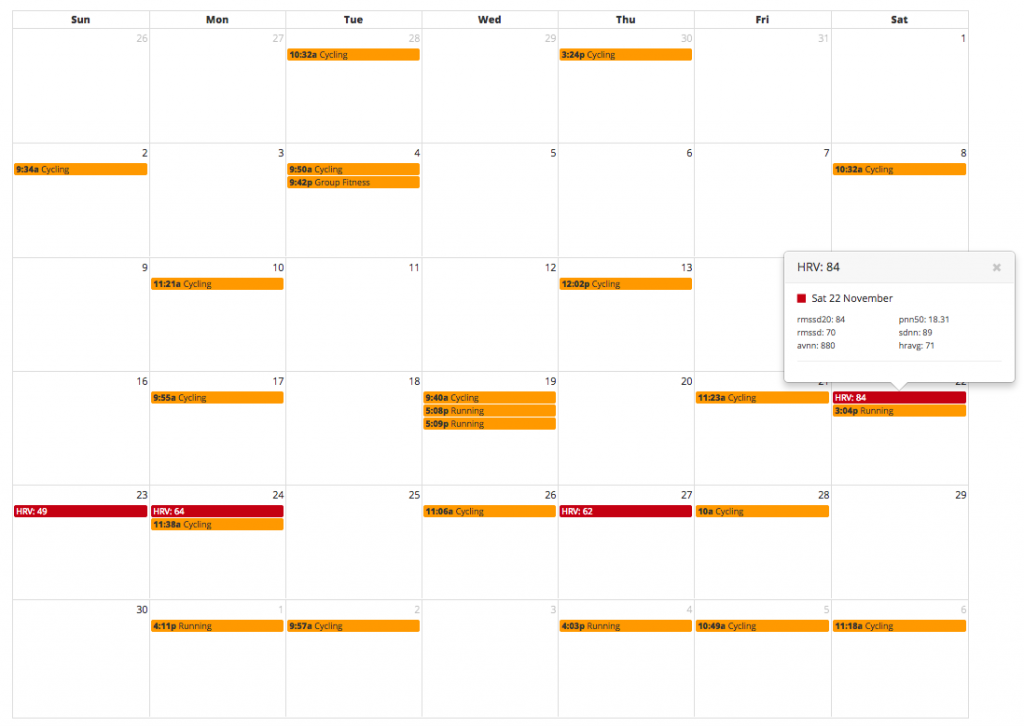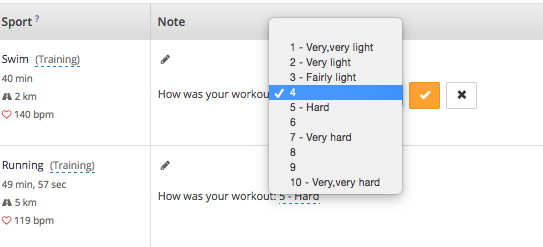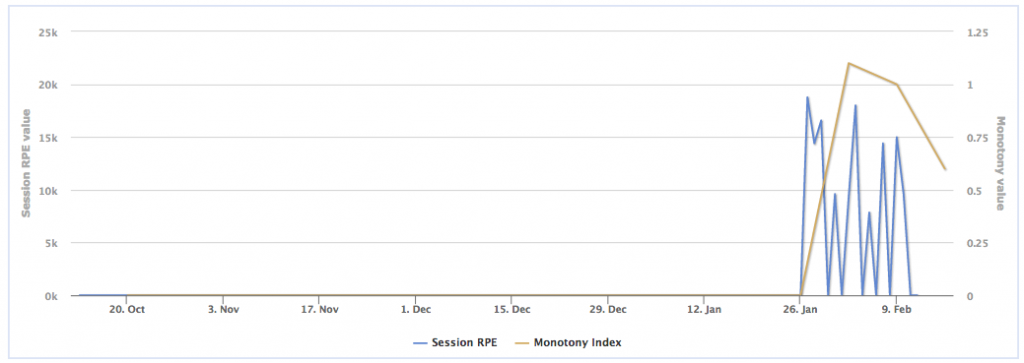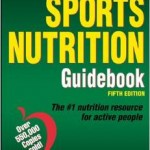Psychologist Mihaly Csikszentmihalyi’s famous investigation of “optimal experience” have revealed that what makes an experience genuinely satisfying is a state of consciousness called flow.
During flow, people typically experience deep enjoyment, creativity, and a total involvement with life.
A small excerpt from his book Flow, the psychology of optimal experience:
As our studies have suggested, the phenomenology of enjoyment
has eight major components. When people reflect on how it feels when
their experience is most positive, they mention at least one, and often
all of the following.
First, the experience usually occurs when we confront tasks we have a chance of completing.
Second, we must be able to concentrate on what we are doing.
Third and fourth, the concentration is usually possible because the task undertaken has clear goals and provides immediate feedback.
Fifth, one acts with a deep but effortless involvement that removes from awareness the worries and frustrations of everyday life.
Sixth, enjoyable experiences allow people to exercise a sense of control over their actions.
Seventh, concern for the self disappear, yet paradoxically the sense of self emerges stronger after the flow experience is over.
Finally, the sense of the duration of time is altered; hours pass by minutes, and minutes can stretch out to seem like hours.
The combination of all these elements causes a sense of deep enjoyment that is so rewarding people feel that expending a great deal of energy is worthwhile simply to be able to feel it.
